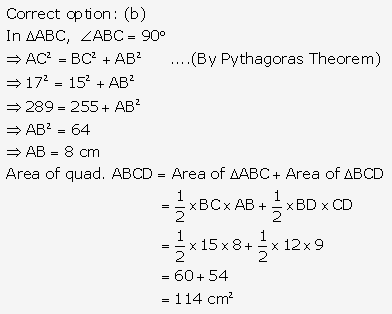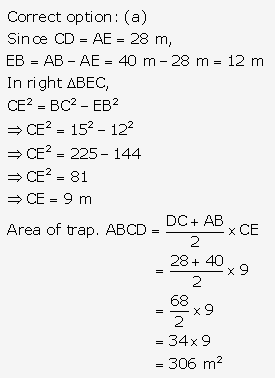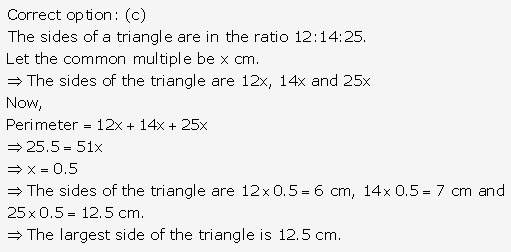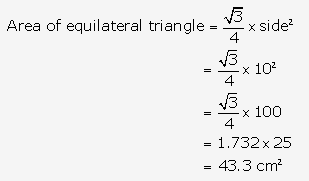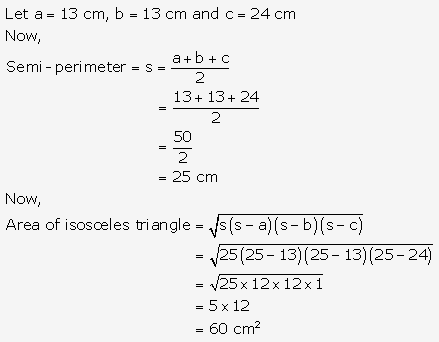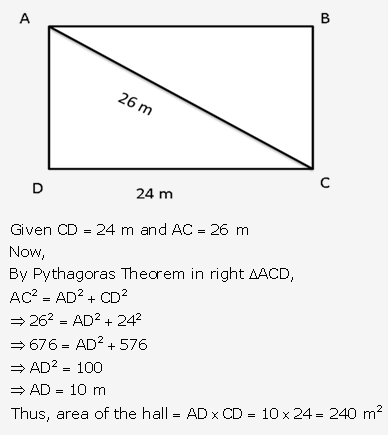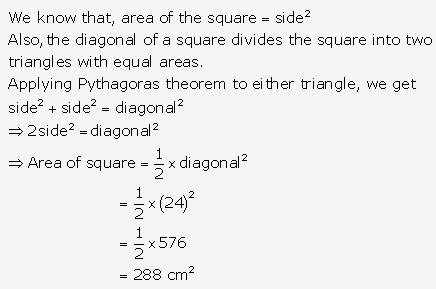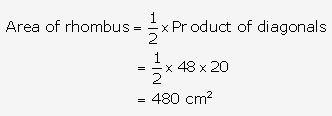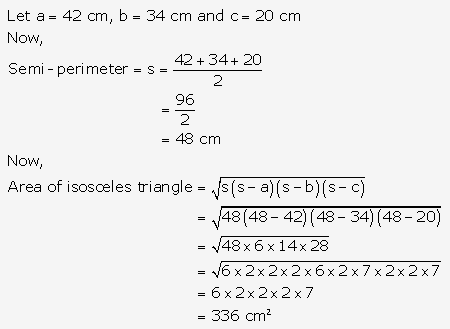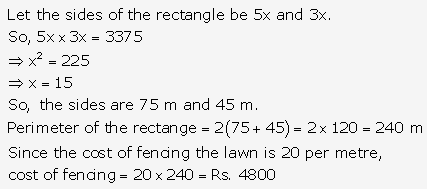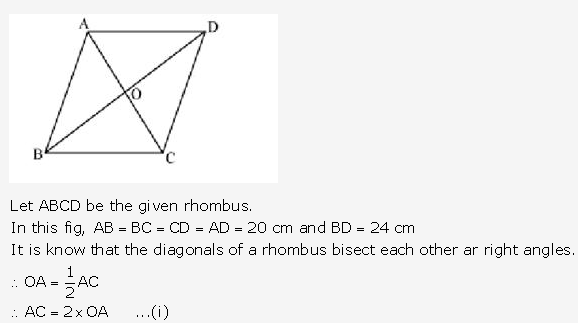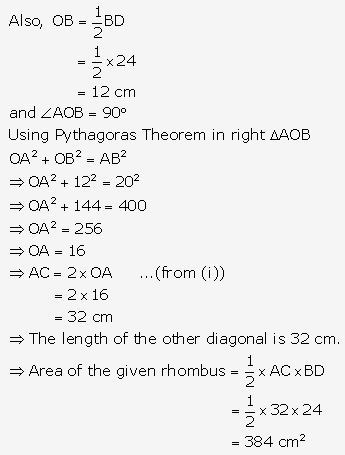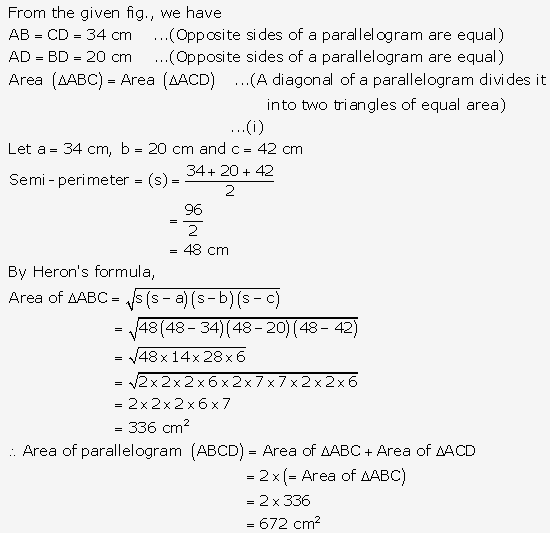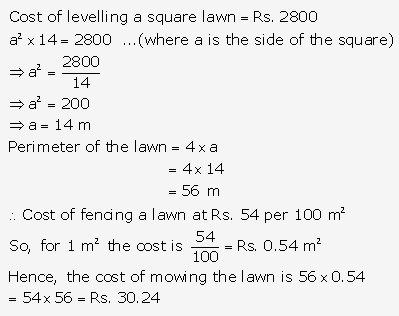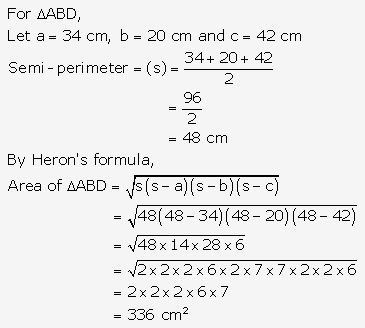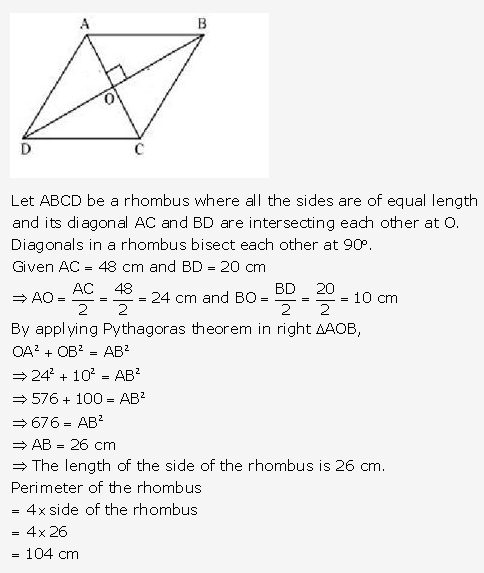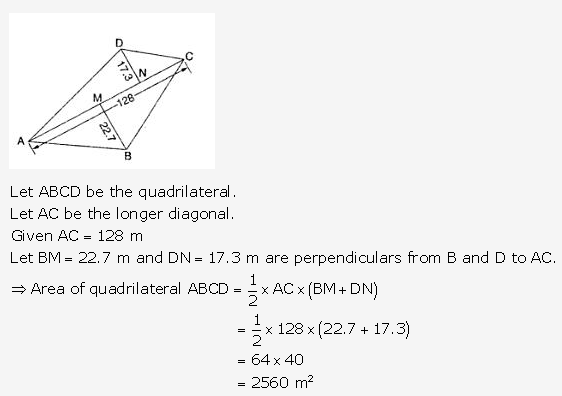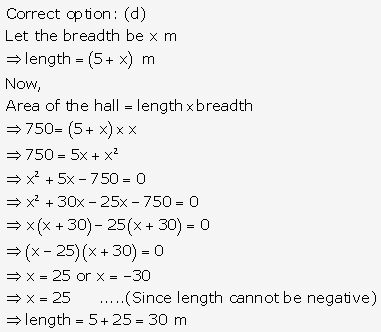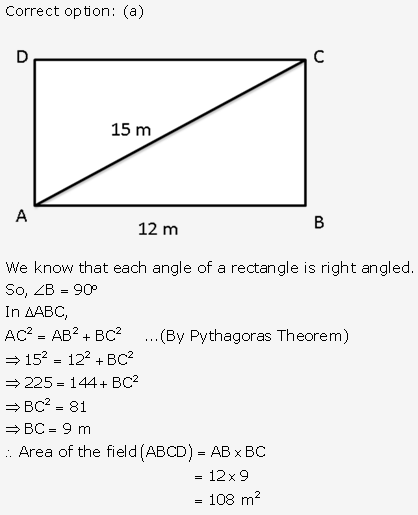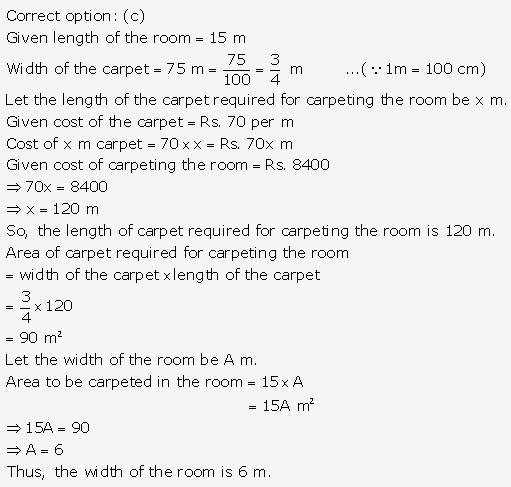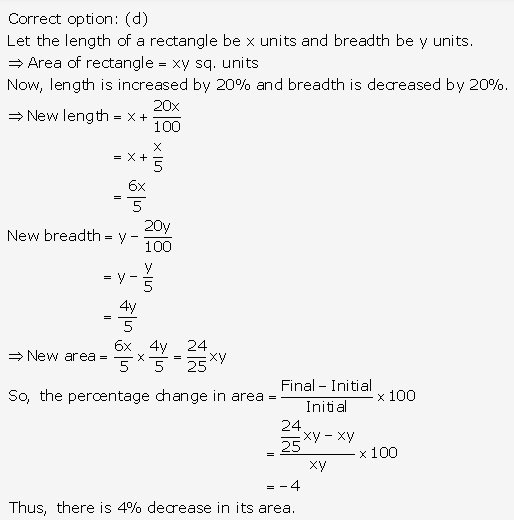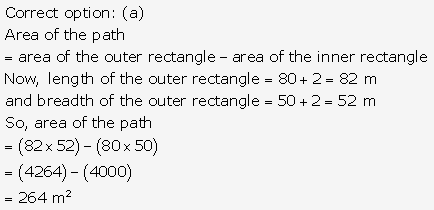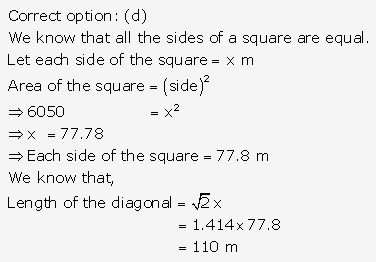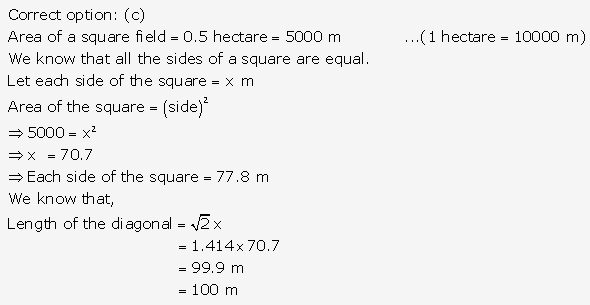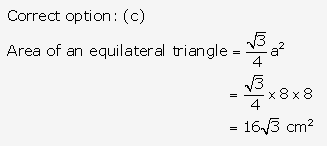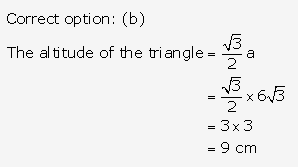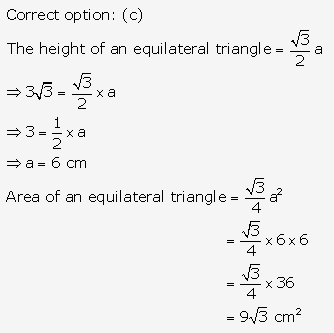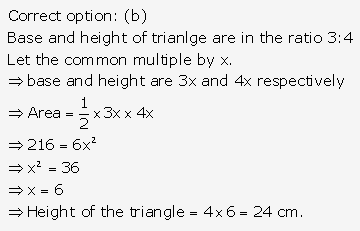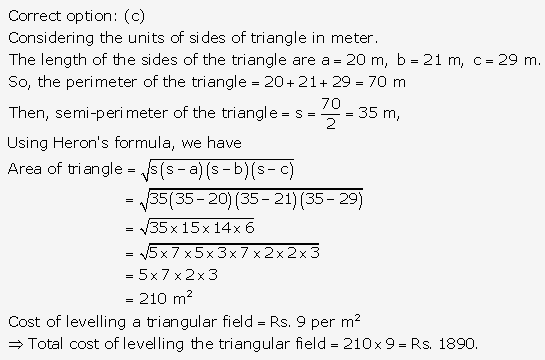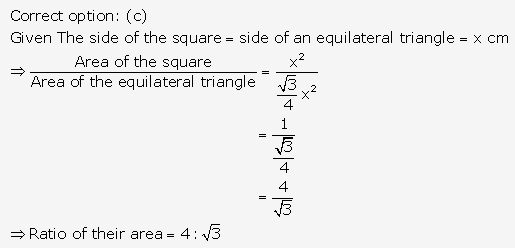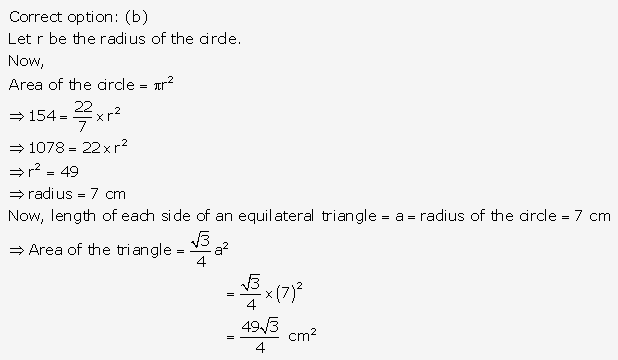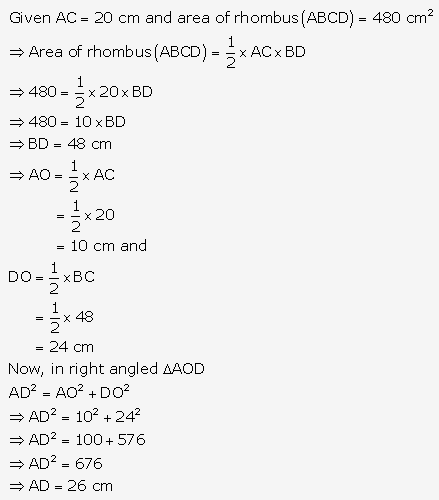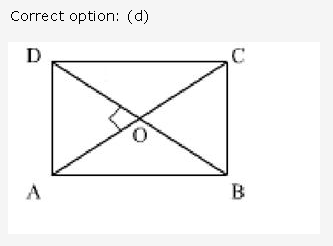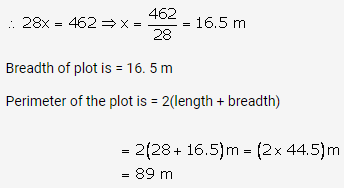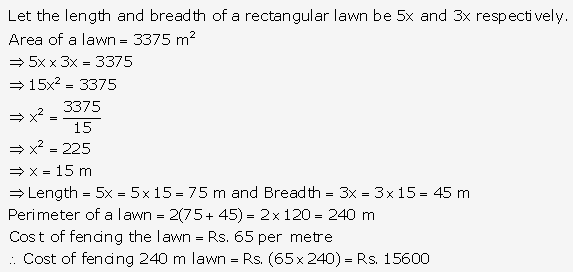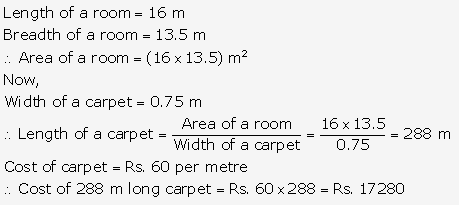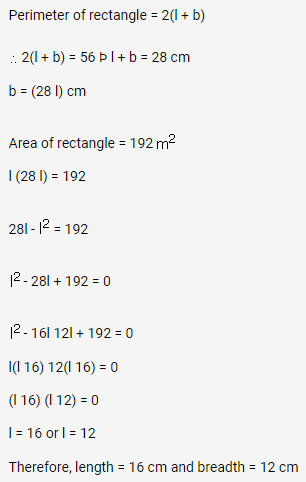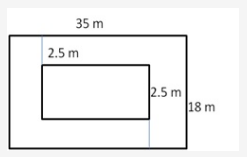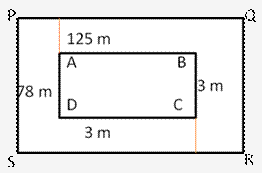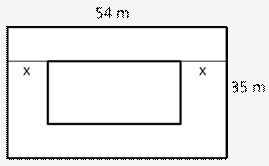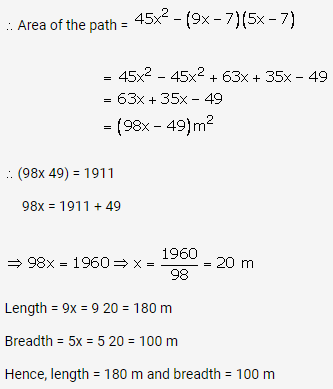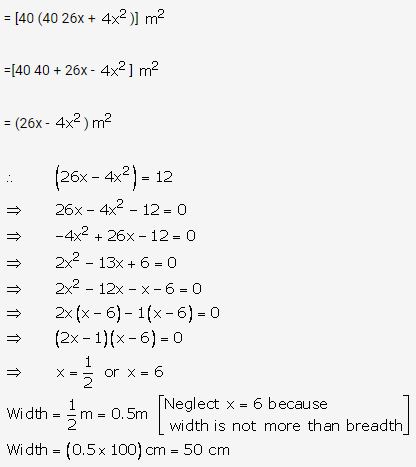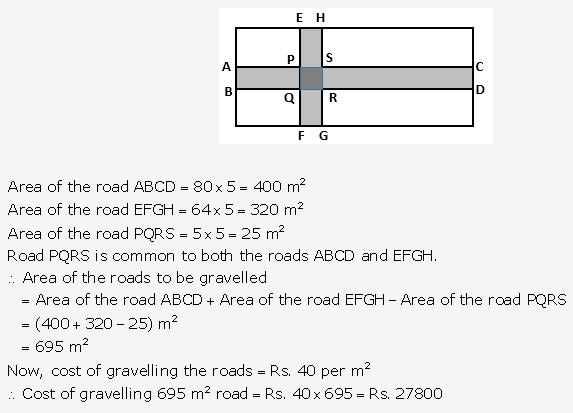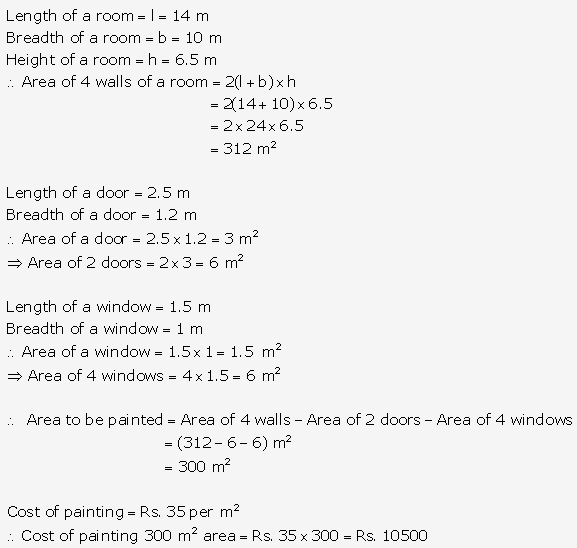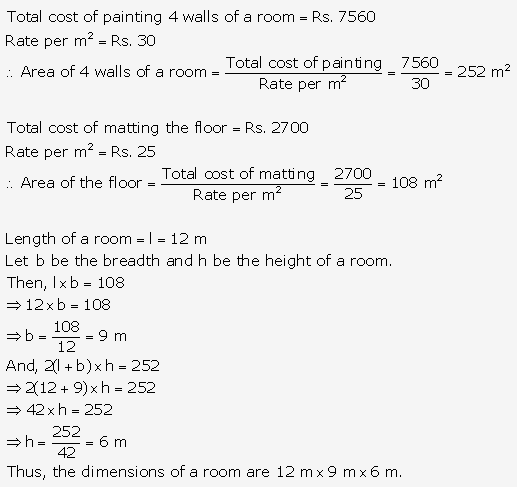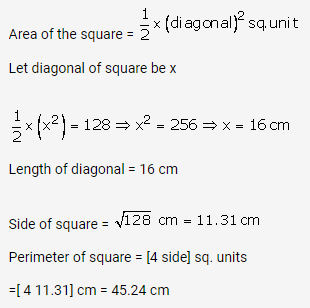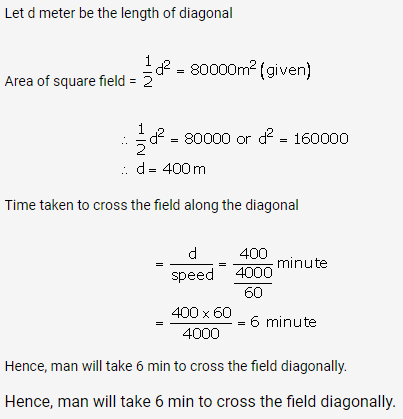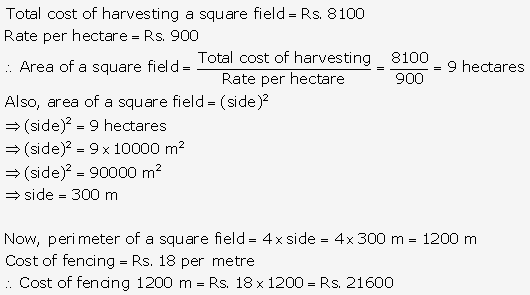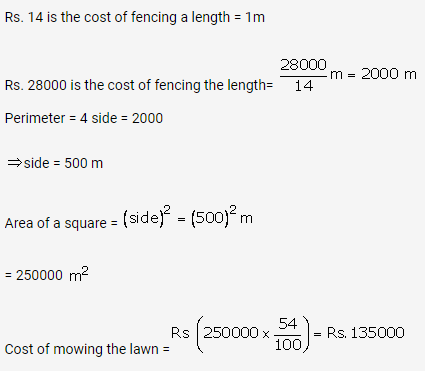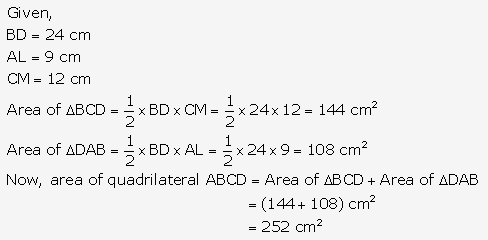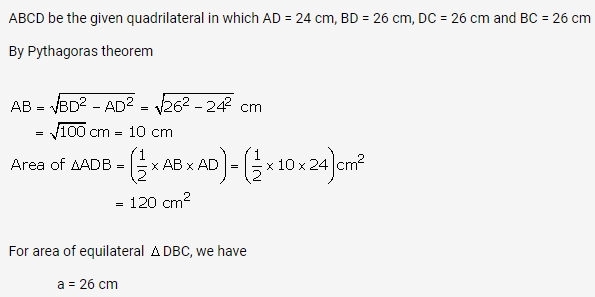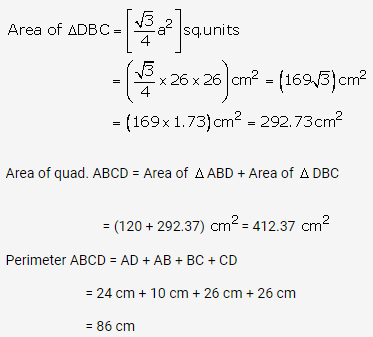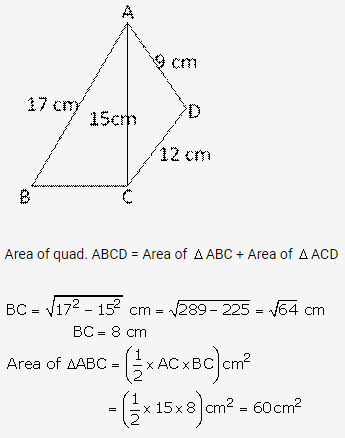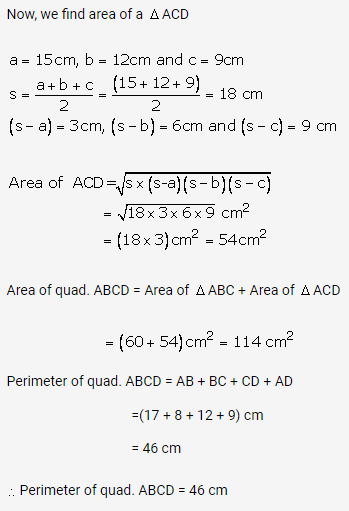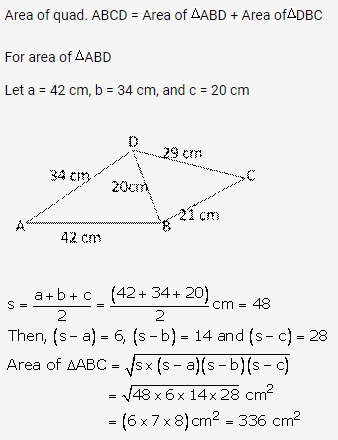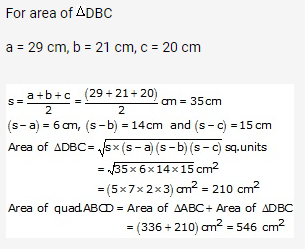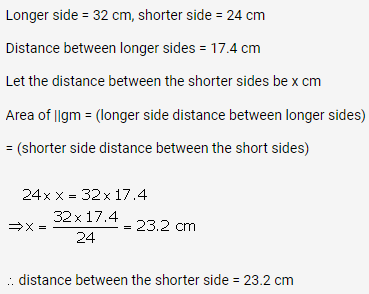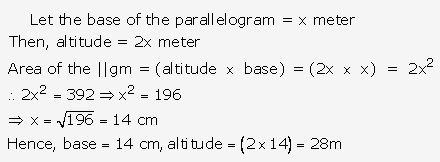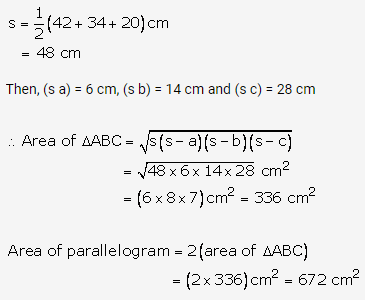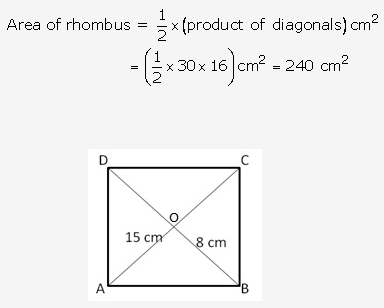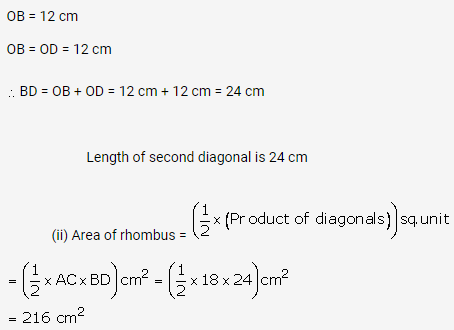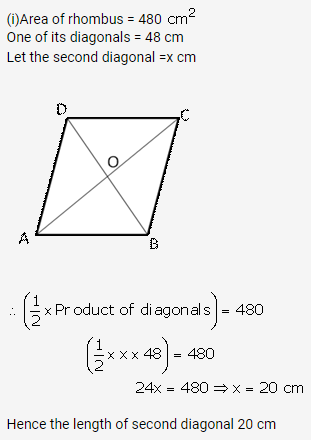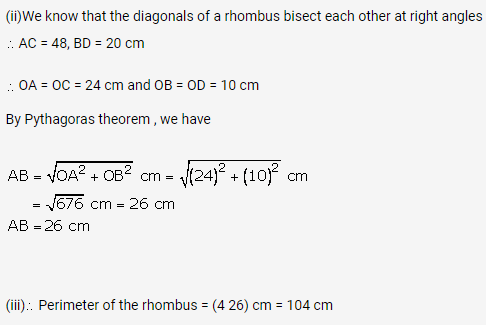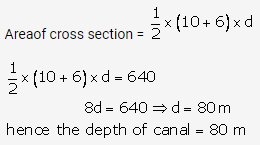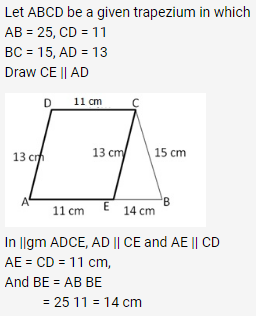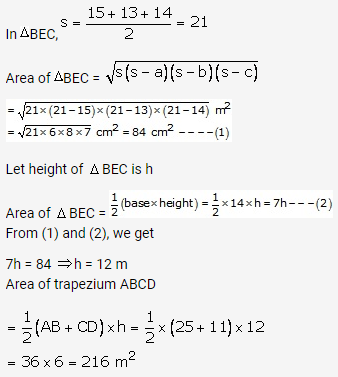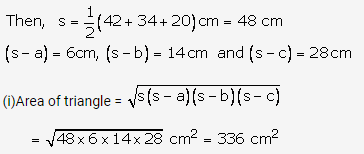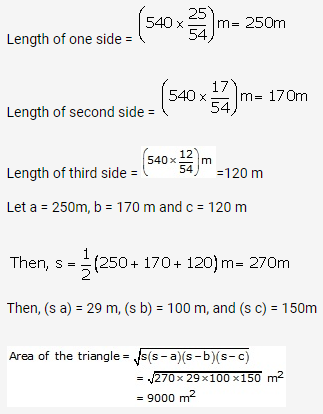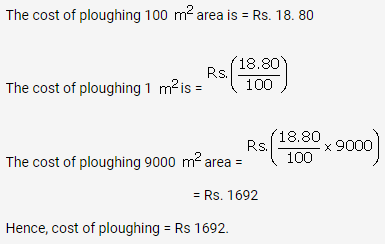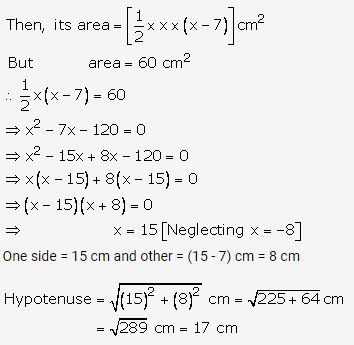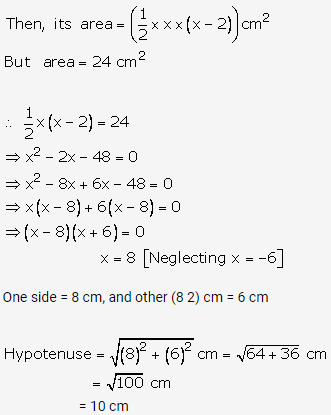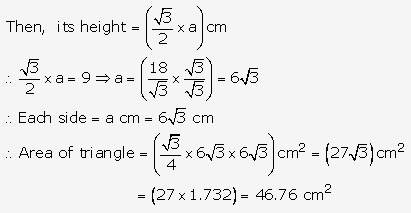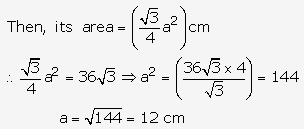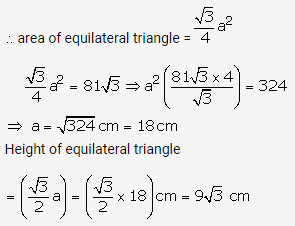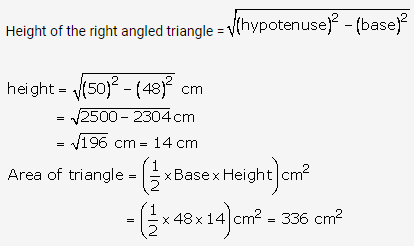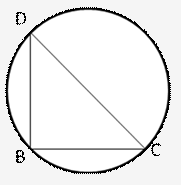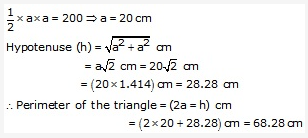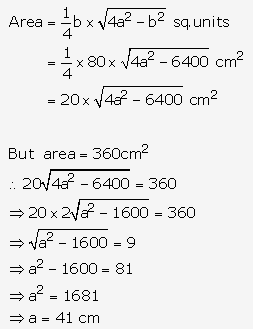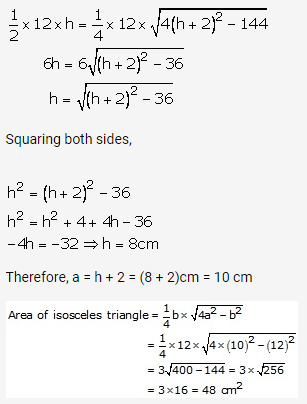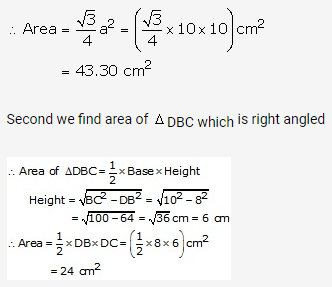Practical Based Questions for Class 10 Science Chemistry
Question 1.
A student dipped a strip of pH paper in distilled water taken in a tube. As expected, the pH paper acquired green colour. He then dissolved a pinch of common salt in the same tube. What will be the expected change in colour of the pH paper ?
Answer:
There will not be any change in the colour of the pH paper. It will remain green which indicates that the solution has maintained neutral character. Actually, sodium chloride is a salt prepared from strong base (NaOH) and strong acid (HCl). It is a neutral salt and is not expected to bring any change in the pH of distilled water.
More Resources
Question 2.
(a) Five solutions A, B, C, D and E when tested with universal indicator showed pW as 4, 1, 11,7 and 9 respectively. Which solutions is :
- neutral
- strongly alkaline
- strongly acidic
- weakly acidic acid
- weakly alkaline.
Arrange the solutions in increasing order of H-ion concentration.
Answer:
- D
- C
- B
- A
- E.
The increasing order of H-ion concentration :C<E<D<A<B.
Question 3.
Name the acid and base from which the following salts have been formed :
- Sodium acetate
- Ammonium chloride
- Calcium nitrate
- Sodium carbonate.
Answer:
- NaOH and CH3COOH
- NH4OH and HCl
- Ca(OH)2 and HNO3
- NaOH and H3CO3.
Question 4.
When water is added gradually to a white solid X, a hissing sound is heard and a lot of heat is produced forming the product Y. A suspension of Y in water is applied to the walls of a house during white washing.
(a) What could be the solid X ? Write its chemical formula.
(b) What could be the product Y ? Write its chemical formula.
Answer:
(a) The white solid X is quick lime. Its chemical formula is CaO.
(b) When water is added to the white solid X, product Y formed is calcium hydroxide. Its chemical formula is Ca(OH)r
Question 5.
Two drinks P and Q gave acidic and alkaline reactions respectively. One has a pH value of 9 and the other has pH value of 3. Which drink has the pH value of 9 ?
Answer:
The solution Q is of alkaline nature. It has a pH value of 9.
Question 6.
Take five test tubes and label them as A, B, C, D and E. Add 5 mL of five unknown solutions in them. Put a small strip of universal indicator in each of them. Following colours appear in these :
Solution A — Orange;
Solution B — Green;
Solution C – Red;
Solution D – Blue;
Solution E – Violet.
Predict the nature of the solutions in these from the pH character.
Answer:
Solution-A (Weakly acidic);
Solution-B (Neutral);
Solution-C (Strongly acidic);
Solution-D (Weakly basic);
Solution-E (Strongly basic).
Question 7.
A metal A’ gives a compound ‘B’ (molecular mass 40) when it reacts with water. Compound ‘B’ gives a soluble compound ‘C’ on treatment with aluminium oxide. Identify A’, ‘B’ and ‘C’. Also give the reactions involved.
(CBSE 2013)
Answer:
The available data suggests that the metal A sodium (Na). It reacts with water to form sodium hydroxide ‘B’ with formula NaOH. On reacting with aluminium oxide, the compound ‘B’ forms sodium metaaluminate ‘C.
The chemical equations for the reactions are :

Question 8.
You want to study a decomposition reaction by taking ferrous sulphate crystals in a boiling tube. List two steps you would follow while doing the experiment. (CBSE 2014)
Answer:
- Take a test tube and dry it completely.
- Take a small amount of the given sample in the test tube. Hold it with a clamp and heat the tube over a burner. Crystals will first become dirty white and then change to brown.
Question 9.
On keeping iron nails in a blue coloured copper sulphate solution, it is observed that the colour of the solution turns light green after sometime. Give reasons for this colour change. Name the type of reaction.
(CBSE 2014)
Answer:
It is an example of metal displacement reaction. Iron has displaced copper from copper sulphate solution and has changed to iron sulphate which is light green in colour.

Question 10.
While studying the double displacement reaction, the solutions of barium chloride and sodium sulphate are mixed together.
(i) What do you observe as soon as the two solutions are mixed together ?
(ii) What will happen in the above observation made by you after ten minutes ? (CBSE 2015)
Answer:
(i) A white precipitate of barium sulphate is immediately formed.

(ii) The white precipitate will settle down at the bottom of the tube and the solution above the precipitate will become colourless.
Question 11.
You want to perform an experiment to study a double displacement reaction in your school laboratory. Name two aqueous solutions required for the experiment. State the colour change you are likly to observe on mixing the two solutions. (CBSE 2015)
Answer:
(i) A white precipitate of barium sulphate is immediately formed.

(ii) The white precipitate will settle down at the bottom of the tube and the solution above the precipitate will become colourless.
Question 12.
You are given two colourless solutions present in two test tubes. One out of these is ethyl alcohol and the other is acetic acid. Give three tests to identify these.
Answer:
Smell. The tube in which the liquid has a vinegar like or fruity smell is acetic acid while the other with a very little pungent smell is ethyl alcohol.
Litmus Test. Add a strip of blue litmus separately in both the tubes. The tube which turns blue litmus red contains acetic acid while the other which does not change its colour is that of ethyl alcohol.
Sodium hydrogen carbonate test. Add a small amount of solid sodium hydrogen carbonate (NaHCO3) in both these tubes. The one which gives a brisk effervescence contains acetic acid while the other in which no effervescence is noticed contains ethyl alcohol.
Question 13.
You are provided with two samples of hard water; one containing temporary hardness and the other permanent hardness. Without the help of any chemical, how will you identify the nature of the sample.
Answer:
Boil the two samples separately in beakers for sometime. If precipitate appears, filter it out. Now, add a strip of soap in each. The one which produces lather contained temporary hardness while the other in which no lather is formed, contained permanent hardness.
Question 14.
How will you distinguish between ethane and ethene with the help of a chemical test ?
Answer:
Pass the two gases separately through bromine dissolved in carbon tetrachloride taken in two test tubes. If the yellow colour of bromine gets discharged, the gas is ethene. If the colour remains intact, then the gas is ethane.
Question 15.
An unknown organic liquid does not turn blue litmus red and gives no effervescence with sodium hydrogen carbonate. However, when a dry piece of sodium pellet is added to the liquid, a gas is evolved with brisk effervescence. Identify the liquid.
Answer:
The given liquid is probably an alcohol (e.g., ethyl alcohol) which has no reaction with blue litmus or sodium hydrogen carbonate. But it evolves hydrogen gas on reacting with sodium metal
2C2H5OH + 2Na ————> 2C2H5ONa + H2
Question 16.
How will you distinguish between hydrochloric acid and ethanoic acid with the strip of a-universal pH paper ?
Answer:
The strip of universal pH paper will turn red in hydrochloric acid while its colour will change to orange in ethanoic acid. In fact, hydrochloric acid is a stronger acid than acetic acid and they have different pH values.
Question 17.
Give a simple test to distinguish soaps from detergents.
Answer:
Soaps donot give lather with hard water. However, detergents form lather with hard water.
Question 18.
Write the name of apparatus/chemicals required to study the following properties of ethanoic acid in the laboratory.
Nature, odour, solubility and action are sodium hydrogen carbonate. (CBSE 2015)
Answer:
Litmus paper, test tube, test tube, lime water.
Question 19.
A student added sodium hydrogen carbonate solution in ethenoic acid taken in a test tube and the gas evolved was tested with a burning splinter. Write the chemical equation for the evolution of this gas and its effect on burning splinter. (CBSE 2015, Sample Paper 2017)
Answer:
CH3COOH + NaHCO3 ———–> CH3COONa + H2O + CO2
Since CO2 is not a supporter of combustion, the burning splinter will be extinguished.
Question 20.
A student is studying the properties of acetic acid in his school laboratory. List two physical and two chemical properties which he must observe and note in his record book. (CBSE 2016)
Answer:
Complete oxidation: When ethanol is warmed with dilute alkaline solution of potassium permanganate (5% solution) called Baeyer’s reagent, ethanoic acid or acetic acid is formed as the product.
CH3CH2OH + 2(O) ————–> CH3COOH +H2O
Partial oxidation: Upon oxidation with chromic anhydride (CrO3) dissolved in acetic acid (CH3COOH), ethanol forms ethanal, also called acetaldehyde.
CH3CH2OH + (O) —————– > CH3CHO + H2O
Question 21.
A student adds a spoon full of powdered sodium hydrogen carbonate to a flask containing ethanoic acid. List two main observations, he must note in his note book, about the reaction that takes place. Also write chemical equation for the reaction. (CBSE 2016)
Answer:
- A colourless and odourless gas is evolved accompanied by brisk effervescence.
- When the gas is bubbled through lime water, it becomes milky.
Question 22.
A gas is liberated immediately with brisk effervescence when you add acetic acid to sodium hydrogen carbonate powder in a test tube. Name the gas and describe a test to confirm the identity of the gas.
(CBSE 2017)
Answer:
The gas evolved is CO2
CH3COOH + NaHCO3 ———–> CH3COONa + H2O + CO2
It turns lime water milky when bubbled in small amount. On bubbling the gas in excess, the milkiness disappears.
Question 23.
If you are asked to report two observations about the following two properties of acetic acid, what would you report (t) Odour (it) Effect on litmus. (CBSE 2017)
Answer:
- Acetic acid has vinegar smell.
- On adding a few drops of blue litmus solution to acetic acid, it acquires red colour.
Question 24.
Mention the essential materials (chemicals) to prepare soap in the laboratory. Describe in brief the test of determining the nature (acidic/alkaline) of the reaction mixture of a saponification reaction.
(CBSE 2017)
Answer:
The essential materials are edible oil (from animal or vegetable origin), caustic alkali (NaOH or KOH) and common salt. The reaction mixture in the saponification reaction is of alkaline nature since it contains in it a caustic alkali. The nature can be tested by adding a few drops of red litmus to the mixture. Its colour will change to blue.
Question 25.
What do you observe when you add a few drops of acetic acid to a test tube containing.
(a) phenolphthalein
(b) distilled water
(c) universal indicator
(d) sodium hydrogen carbonate.
(CBSE 2017)
Answer:
(a) Acetic acid will remain colourless in phenolphthalein.
(b) Acetic acid will mix with distilled water to form a clear solution.
(c) A universal indicator will impart orange colour to acetic acid.
(d) A brisk effervescence will be noticed due to the evolution of CO2 gas.
Hope given Practical Based Questions for Class 10 Science Chemistry helpful to you.
If you have any doubts, please comment below. We try to provide online math tutoring for you.
